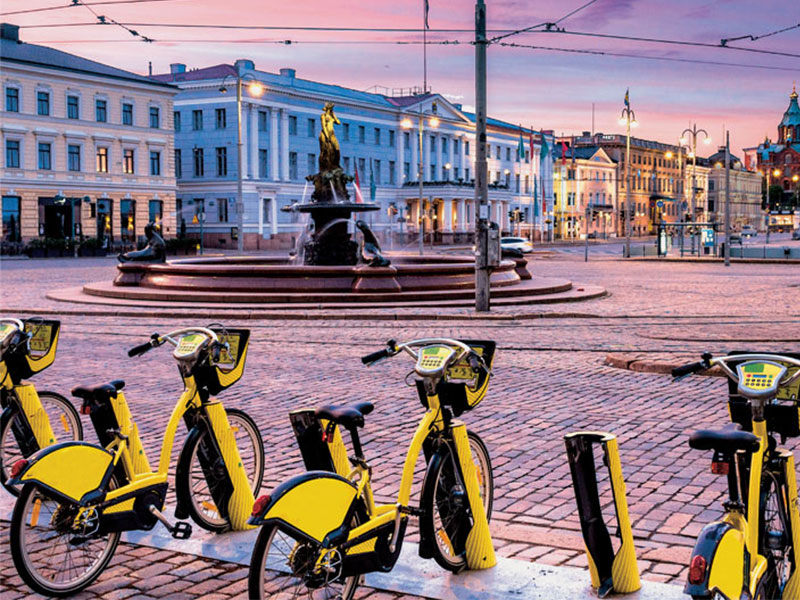TERM 2019: The first and last mile – the key to sustainable urban transport
18064
From 2019 to 2021
The European Environment Agency annually publishes the TERM report, which analyses the environmental impacts of transport activities and progress towards transport policy goals. In the 2019 report, TML examined the impact of sustainable transport options on urban mobility and freight transport.
Every year, the European Environment Agency publishes its TERM report, which examines the environmental impact of transport activities. This annual report provides an overview of current transport and environmental trends and charts progress towards transport policy objectives. Within the European Topic Centre on Air, Transport, Noise and Industrial Pollution (ETC/ATNI), we are leading the task of preparing the reports for the years 2019 - 2021. The TERM 2019 report was published in February 2020.
In this study, we evaluate how green and sustainable transport options for the first and last kilometre of a traveller's journey, such as, for example, bicycles, scooters, or other modes of short-distance travel, can influence urban mobility systems. We also analyse how innovative delivery services to and from the city and in the city centre itself can make urban freight transport more sustainable. This involves, for example, the use of drones for delivery applications.
All cities face the challenge of developing and providing efficient, healthy, and environmentally friendly mobility. City dwellers are more exposed to air pollution, noise, and heavy traffic than people living outside cities. Cities are also a major source of greenhouse gas emissions, which contribute to climate change. A lot of these emissions come from transport. Switching from inefficient and polluting modes of transport is one strategy to reduce these social costs. Exploring mobility options for the first and last kilometre, for example buses, can help bring about this shift. This increases the attractiveness and efficiency of sustainable transport modes.
All these options are also relevant for longer-distance transport, even when used in an urban context. This is because they can influence the choice of transport modes for longer trips with departure or arrival points in cities, for both passenger and freight transport. They can therefore also help shape the mobility system beyond the city limits.
Our analyses are based on literature reviews. We provide a comprehensive overview of all major options for passenger and freight transport. We describe the urban mobility and policy context and present the current state of scientific knowledge on their environmental and health impacts. We also describe the limitations of these options and the framework in which they may be most effective. The aim is to help policymakers, planners, and transport users make well-informed choices.


